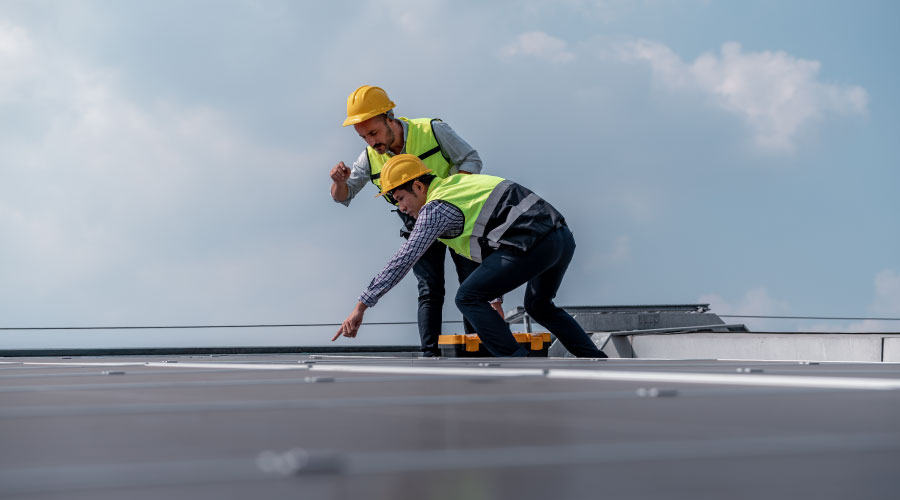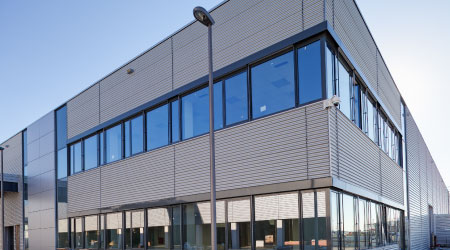Installation Insights for Self-Adhered Modified Bitumen Systems
Based on a limited experience with the materials, the adhesion of SA materials when sheets are heated has improved. This development appears to be the reason one manufacturer requires installation of the material when temperatures are 50 degrees and rising. Another manufacturer requires the top-ply membrane be torch-applied to the bottom ply.
Each manufacturer approves various substrates for use with its SA materials. One manufacturer recommends a glass-faced polyisocyanurate insulation board, one recommends a foil-face polyisocyanurate board, while a third recommends a primed gypsum board. Installers should review each substrate material and system recommendations closely and match them to the project’s specific criteria.
Manufacturers do not recommend phasing between the plies of SA modified bitumen material, which is a common practice in the installation of other modified bitumen systems. Phasing allows a contractor to install several days of bottom ply before installing the top ply or cap sheet.
This process is highly advantageous when daily workloads limit production quantity. Being able to install larger areas of top ply at one time makes layout easier and appears to provide a better overall project. Eliminating phasing appears to be the way manufactures are addressing a concern with contamination between the plies of SA material.
Discussions with manufacturers and contractors about the installation of SA systems provide yet more confusion.
For example, manufactures are convinced SA systems are easier to install and require fewer man-hours per square foot to install than asphalt, adhesive, or torch-applied systems. On the other hand, contractors are convinced SA systems are harder to install and that owners will pay a premium for their use.
Both might be right. The systems do appear easier to install, but until many contractors start installing SA systems and competition starts driving down the installed price, customers likely will pay a premium for using SA modified bitumen systems.
Related Topics:















